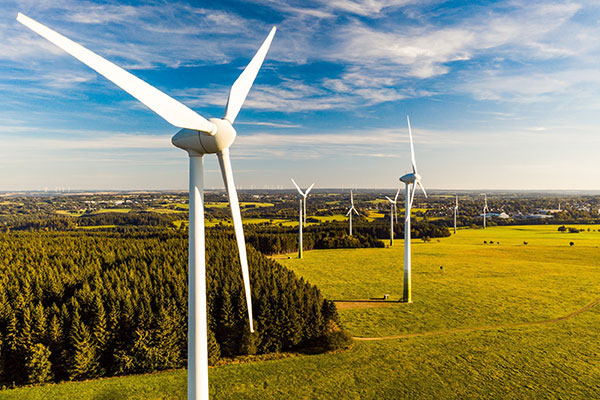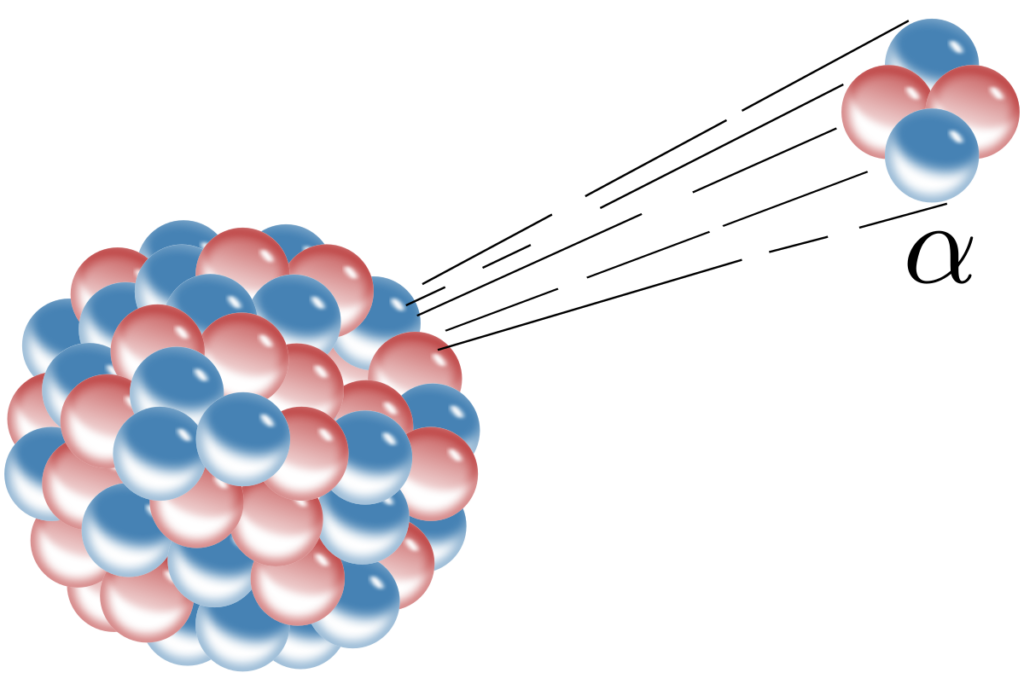Introduction:
Wind power is an alternative method of energy production which uses the mechanical energy of the wind to generate electricity. It is the fastest growing source of renewable energy and can efficiently produce electricity in a cost effective manner.
How it Works:
Wind turbines convert the mechanical energy of the wind to mechanical energy using the principle of induction. Wind exists because of the uneven heating of the earth from the Sun along with the rotation of the Earth, and turbines use this energy to spin the blades of the turbine. This connects to a shaft, which connects to a generator. The generator turns the mechanical energy to electrical energy as the turning shaft is connected to a magnet, which then rotates inside a coil of wire, which leads to the process of electromagnetic induction, generating electricity.
Advantages:
Wind energy is very cost effective, as it is one of the cheapest energy sources and because the “fuel” (being wind) is unlimited, renewable, and free. An additional economic benefit is that it enables industrial growth and creates jobs. Environmentally, harvesting wind is clean and non polluting, and is a promising alternative to fossil fuels to fulfill our energy demand sustainably.
Disadvantages:
The aesthetics impact and noise pollution from the turbines are one of the biggest arguments against wind turbines, and thus remote locations need to be found, increasing the cost of travel to the turbine for maintenance. Additionally, there is evidence of harm to wildlife as flying animals like birds have been caught in the blades of the turbines.
Conclusion:
As the threat of climate change and global warming becomes more relevant, it is important that we introduce change to our conventional, unsustainable way of living. One of the biggest changes we must implement is in our energy production. The mining and burning of fossil fuels cannot continue for long, as the effects are irreversible and the supplies are running out, so investing in alternatives such as wind power is an important step we all have to consider.
References:
Denchak, M. (2018, June 29). Fossil Fuels: The Dirty Facts. NRDC. Retrieved March 23, 2022
from https://www.nrdc.org/stories/fossil-fuels-dirty-facts
EERE. (n.d.). Advantages and Challenges of Wind Energy. EERE. Retrieved March 23, 2022
from https://www.energy.gov/eere/wind/advantages-and-challenges-wind-energy
EERE. (n.d.). How Do Wind Turbines Work?. EERE. Retrieved March 23, 2022 from
IRENA. (n.d.). Wind Energy. IRENA. Retrieved March 23, 2022 from
%20connected%20to%20them.
Lloyd, D. (2014, December 11). Wind Energy: Advantages and Disadvantages. Stanford.
Retrieved March 23, 2022 from http://large.stanford.edu/courses/2014/ph240/lloyd2/



